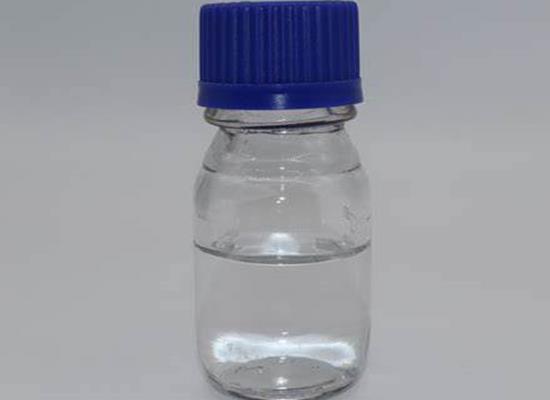Tolyltriazole: Environmental Impact and Health Hazards
Tolyltriazole occurs as tan to light brown granules with a characteristic odour.

Use
Tolyltriazole is used as inhibitor of corrosion of copper and copper alloys, in antioxidants, and photographic developers (NTP 1991b).
Environmental Impact
No further data considering environmental occurrence have been found. However, under laboratory conditions, neither barley nor tomatoes were effected by the exposure to benzotriazole (barley roots were dipped or the intact tomatoplants were sprayed). Also under laboratory conditions, different strains of fish were exposed for one day to 5000 or 10000 µg/l benzotriazole in an aquatic environment. Effects on behaviour were reported for fish exposed to 5000 µg/l, and mortality was observed among the fishes exposed to 10000 µg/l (no further data). (Ecotoxicology database as of September the 12th 2000).
Health Hazards
Bleeding of the respiratory tract, probably due to local irritation, and effects on the liver and kidneys was seen in rats exposed to tolyltriazole (aerosol) at 1730 mg/m3 for one hour. The LC50-value was reported to be > 1730 mg/m3. (Sherwin-Williams 1976b - quoted from TNO BIBRA 1998).
Respiratory irritation, indicated by a decrease in breathing rate, was observed in mice exposed to tolyltriazole at 95 to 323 mg/m3 for 3 hours (Detwiler-Okabayashi and Schaper 1996 - quoted from TNO BIBRA 1998). The LD50-value reported for tolyltriazole (24 hours, covered contact) for rabbits was > 2000 mg/kg b.w. The LD50-value for 5-methylbenzotriazole (24 hours, covered contact) for guinea-pigs was reported to be > 1000 mg/kg b.w. (TNO BIBRA 1998).
Tolyltriazole was an eye irritant in rabbits following instillation of 100 mg neat material or 0.1 ml of a 35% solution in isopropanol (approximately 35 mg) (Sherwin-Williams 1977 - quoted from TNO BIBRA 1998). Administration of 10 13 mg tolyltriazole caused mild to moderate eye irritation in six rabbits. (Olin Mathieson 1968 - quoted from TNO BIBRA 1998).
You may like
See also
Lastest Price from Tolyltriazole manufacturers

US $50.00-10.00/kg2025-09-02
- CAS:
- 29385-43-1
- Min. Order:
- 1kg
- Purity:
- 99%,Electronic grade(Single metal impurity≤ 100ppb) or pharmaceutical grade
- Supply Ability:
- 100kg

US $1.00/KG2025-08-30
- CAS:
- 29385-43-1
- Min. Order:
- 1KG
- Purity:
- 99%
- Supply Ability:
- 20T


